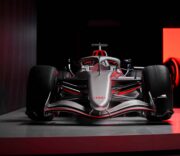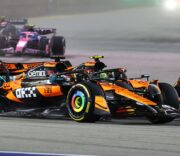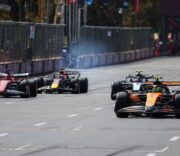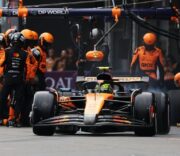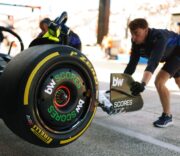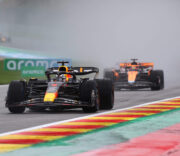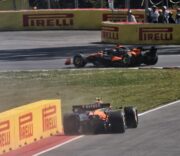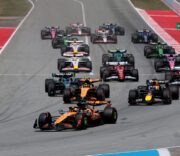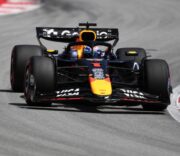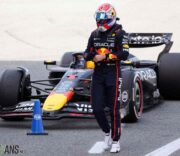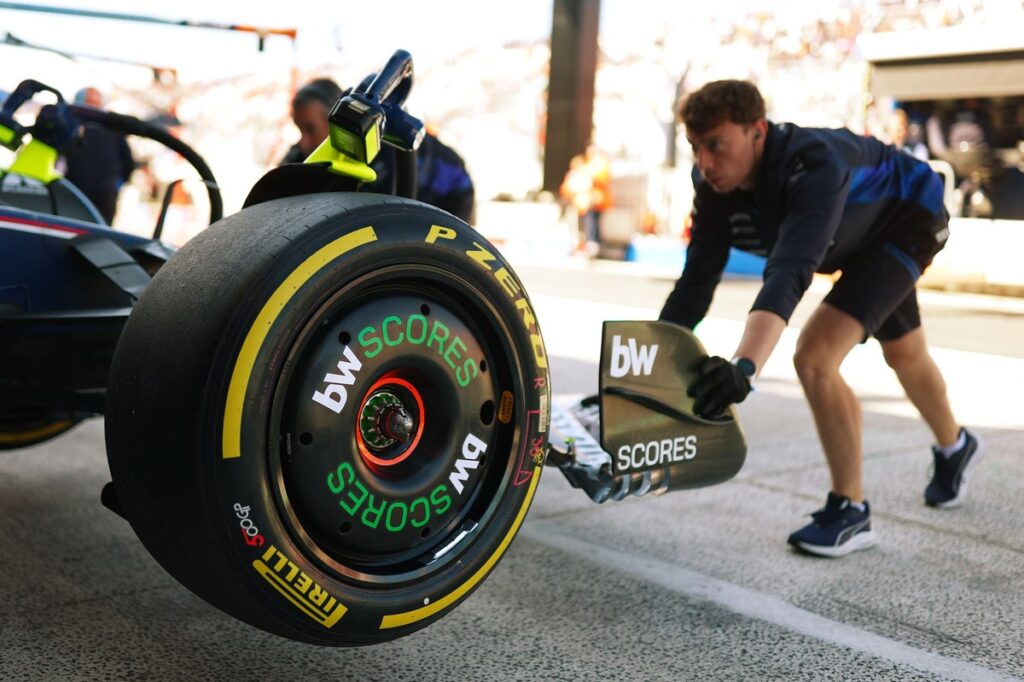
Azerbaijan may have been part of the Formula 1 calendar for nearly a decade, but the upcoming weekend is expected to present several uncertainties. One of the key challenges comes from Pirelli’s decision to bring softer tyre compounds than last year, which has been a trend in several races this season. This strategy aims to prevent teams from defaulting to a one-stop strategy. One of the compounds introduced in Baku is the C6, Pirelli’s softest F1 tyre.
The C6 compound has received mixed feedback since its debut at Imola and has continued to generate concern in Monaco and Montreal. Although it provides some lap time improvement over the previous softest tyre, the C5, its performance has been difficult to manage for many teams. Drivers have struggled to find the performance peak of the C6 or experienced a rapid drop-off in performance before their laps ended. Additionally, teams have noted that the outer surface of the tyre moves excessively as temperatures rise, creating unpredictable feedback and undermining driver confidence.
Unique Track Characteristics in Baku
The Baku City Circuit presents a unique set of challenges that could exacerbate the difficulties with the C6. The track is longer than many others, measuring 6km, and has a split character with most of the 20 corners concentrated in the first 3.8km, followed by a 2.2km straight. It’s understood that the tyres lose around 40°C by the end of the straight, as they experience less stress at high speeds than in the corner-heavy first sectors. This temperature drop presents a challenge, as the tyres may be closer to their starting temperatures than ideal when entering the first corner, which is crucial for maintaining performance.
Given that the typical operating temperature for F1 tyres is between 95°C and 110°C, this temperature drop raises concerns about the tyres not staying within the ideal window. This issue has sparked discussions among engineers regarding whether the C5 medium tyre might be a better choice than the C6, which has been used only three times this season, offering less data for teams to work with.
Weather Conditions Add Further Complexity
Another complicating factor ahead of the Azerbaijan GP is the weather forecast. Friday’s ambient temperature is expected to be around 22°C, a full 9°C lower than the practice day in 2024. Rain is also forecast for both Saturday and Sunday, which could further complicate tyre strategy. These cooler conditions and potential wet weather create a higher risk of tyre temperature loss, especially when entering Turn 1, which is one of the most demanding braking zones in the F1 calendar.
The risk of high-speed lock-ups is prevalent at this corner, and a single flat spot could ruin an entire set of tyres. With the cooler air and track temperatures, teams are even more cautious about the risks associated with using the C6 compound. The difference in lap time between the C5 and C6 is small—around two-tenths of a second—which makes it likely that teams will opt for the more reliable and familiar C5 compound during critical sessions.
Strategic Decisions in Practice and Qualifying
We are likely to see signs of teams’ tyre strategy during practice. If teams use an extra set of soft tyres compared to their usual run plan, it will suggest they are saving C5 mediums for Saturday afternoon’s qualifying session. Some teams may even aim to save as many as three sets of medium tyres. The choice of compound for qualifying could prove to be a crucial factor in achieving strong results, as teams look to balance tyre temperature concerns with the need for fast lap times.





